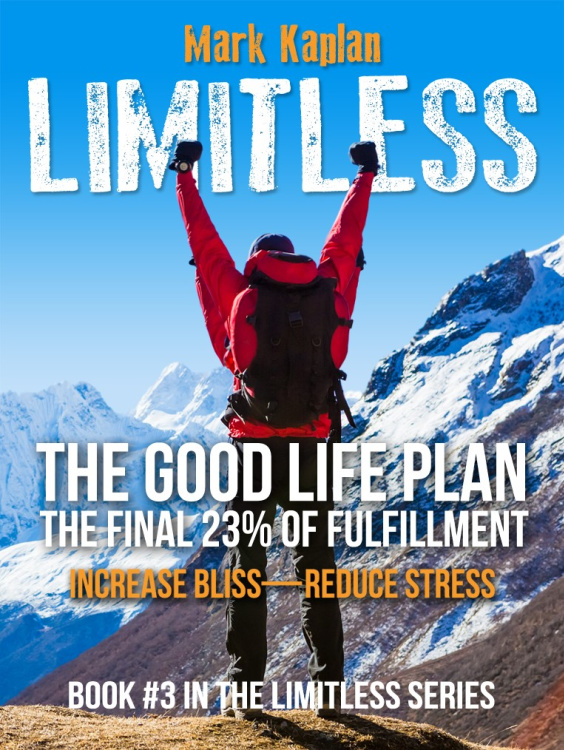Should We Fight Moments of Sadness

How often do we fight being sad? If we are sad, it seems we are not living correctly or we are paying for past sins as in karma. We don’t readily admit to other people we are sad nor do we brag about how many times we might be sad in a day. Sad does not mean depression. They are on a different level.
Sad can be the lack of happiness hormones and neurotransmitters. Happiness is stimulated by thoughts, intentions, and behaviors. It is an active state of moving forward. We are not active all the time. We have quiet times. We have times when we are not moving forward. Sometimes its called relaxation and that is a healthy state of recovery from all the stress we endure during the day.
Sadness Could be the Lack of Exciting
Sad can simply be the state of non-exciting. Nothing is happening. We are not making plans nor are we momentarily excited about something. It is a human state of idle time. The double career parent of four children might not have time to be sad. They are only dreaming of sitting down quietly or sleeping. They hardly have a moment to themselves, ever. It takes quiet moments for sadness to enter.
In this overstimulated culture, we fight having idle moments. Show me a spot where people are sitting by themselves, and they are not looking at their phone. They are looking for someone to reach out to them, news, texts, or emails. We don’t let ourselves have idle moments. People are bored driving, riding their bikes, hiking and walking because people can be seen in all these activities looking at their phone. How many honks are there at stop lights because the person in front is looking at their phone? As a bike rider, this phenomenon scares me most.
Can We Live a Few Minutes without Stimulation?
It is alright not to be stimulated all the time. It is alright to have quiet moments where we might be missing exciting activity. It is alright to have quiet moments where we miss someone. It is permissible to have moments where we have regrets. It is common to have quiet moments when we wish we were somewhere else, with someone, or missing someone in our life. We might miss our dog. We might miss a child that has grown up and rarely needs us. We might miss people we used to know in an organization. We might miss an activity we used to enjoy every year or traveling before covid.
Sad usually passes after a few moments. If we were to describe our demeanor as sad all days, we might need to explore getting help finding something new and exciting to fill our time. Maybe we are old and cannot do anything anymore. This is a reason to be sad. We need to make an effort to find something that will make us feel purposeful. There is always something as long as we can think.
Accept sadness. It allows time for our nervous system to recalibrate. While we are sad, we are normally at peace. It is not like being anxious where adrenaline has us fearful of something that seems bigger than our capabilities. Think about what we can do about the situation that has made us sad. Sometimes nothing. We just have to let it pass. Mourning is a period of sadness. We miss someone terribly. We are emotionally distraught. We may be sinking into what seems like a bottomless well. It will have a bottom, but it may take time to reach it. After that we will pop up to the surface like wearing an inflatable vest.
Some Sadness Will Not Go Away
Parents who have lost children or visa versa can have a lifetime of sad that diminishes but never goes away completely. We get used to the feeling. We might default to it when we have idle moments. We have to find other things in our life that can make us feel purposeful so we don’t think we are here only to be sad. We are not. Sadness is part of life just as loss is part of life. We are emotional creatures with an active amygdala. It separates us from most animals. It has its benefits and detriments.
Animals get sad missing their owners, mates, or old homes. If we did not have the capability of being sad, we would lack the capability of being joyful. We are not usually in either state permanently or for a long time. Our brain stimulates two states. It uses this stimulus to train us for certain behaviors. It wants us to learn, seek challenge and growth, take care of others, and build skills for survival. All these behaviors stimulate happiness hormones and neurotransmitters. When we are not in the happy place, the brain stimulates cortisol, the worry hormone. Its purpose is to get us to seek a happy state.
Learn to Live with Sadness in Your Life
It’s a roller coaster. Its natural. Its healthy. It tells us we are alive and we can discern between stimulus and lack of stimulus. In my book Gratitude, I urge people to find activities every day and create blocks of time for the behaviors that make us feel purposeful or that explain why we are here. At the end of every day, I like to say, that was a good day. I have to plan writing and biking into my days. I take inventory several times a day of those things that make me grateful.
I have some sadness most days. It is because I have idle time. I plan to have idle time. I don’t want to be overstimulated all the time or overactive all the time. It is partly because I am retired with avocations and not being active every moment is part of my plan. I don’t have to go to an office or work every moment. I have planned in quiet time. I like the saying wealthy people have time and so I, without being wealthy, have time to be idle.
Take idle time to be sad as a blessing. If you were overactive, you would be anxious that you don’t have enough free time; the work life balance syndrome. People are accepting less income to have more free time. Free time can deliver a variety of emotions and experiences. Be open to all of them. Let them pass through without having to attach to any of them. It would be like a continuous state of meditating. Oh, there goes that thought, oh here is this emotion, oh now I am onto something else.
If you are sad, go with it.
How Important is Spirituality in Your Lifestyle?
Is Job Hunting More Important than Life Hunting?
Lifestyles that Prioritize Fitness and Happiness
Self-Actualization as a Primary Goal
For more articles and books, see the Home Page
Get Coaching for an improved lifestyle.
Receive Weekly Stimulus with the Lifestyle Newsletter
Visit me on Instagram
Gratitude should be a primary goal. It changes the orientation of our lifestyle from working to do lists and pursuing goals that may take time to feeling happy each day with where we are. It is the ultimate “be here now” feeling. It can be part of every day with our choice. Gratitude is thoughts and we can have them now. Take an inventory. Take it several times a day and especially when you are troubled or feeling sorry for yourself. Learn how to make it a daily practice and change your days dramatically.
Buy it Now on Amazon E-book $2.99 and Paperback $$6.95
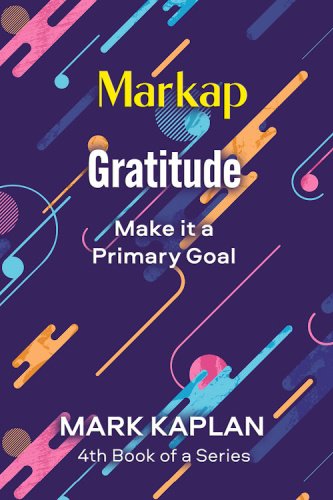
Happiness is more achievable than most people realize. It is not as complicated was we seem to learn when we are young. We can have it right away without first achieving some life goal. Learn more Available on Amazon as E-Book for $2.99 or Paperback for $6.95
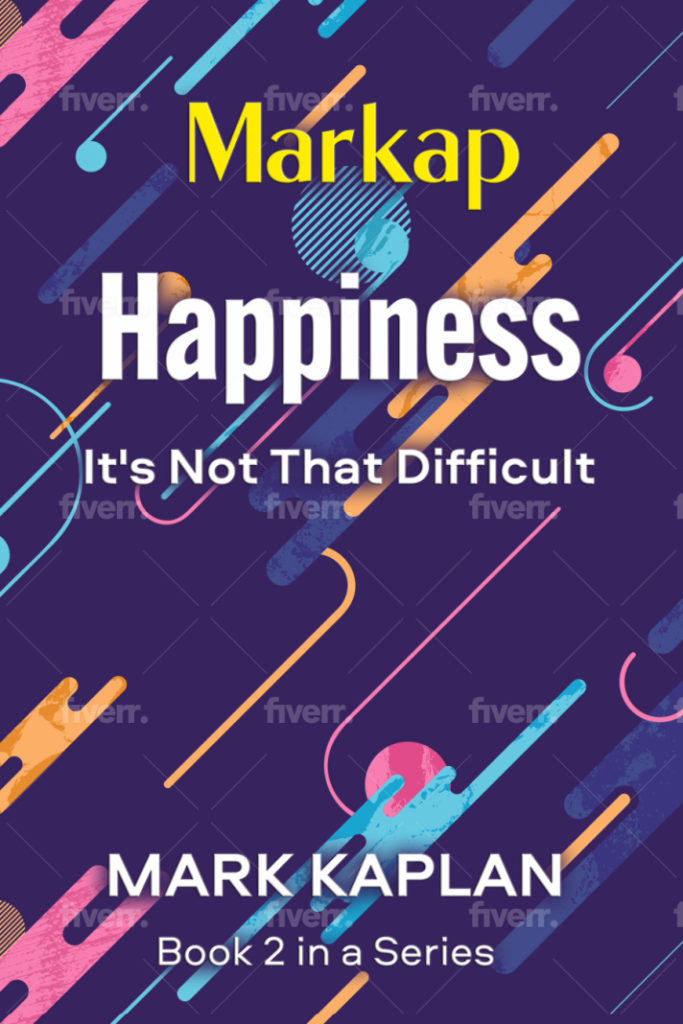
Read my new book Self-Leadership. It is about time management and how to create a life that is meaningful to you and will make you more productive and employable at the same time. Available on Amazon. E-Book for $2.99. Paperback for $6.95
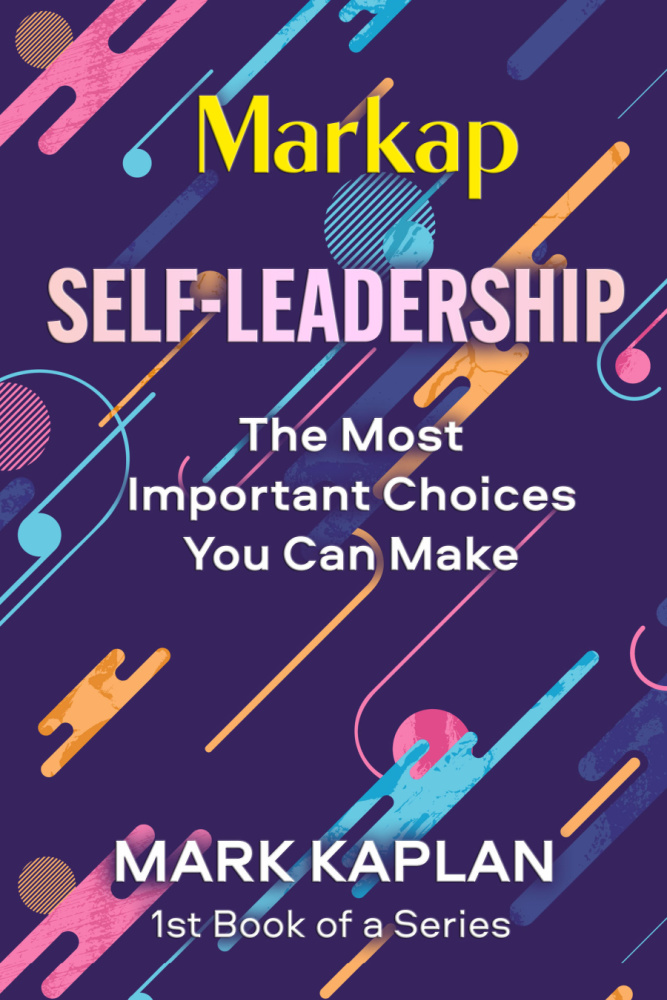
Build Happiness into Your Day to Create the Work/Life Balance you seek. Available in E-Book on Amazon for $2.99
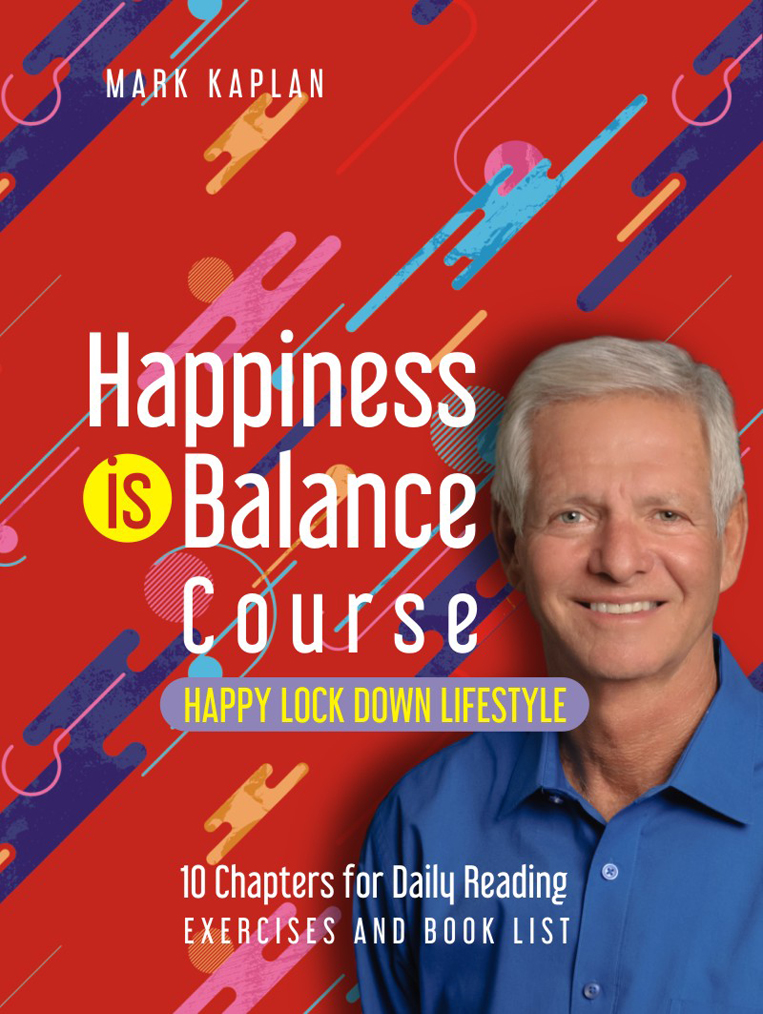
Read a good book on changing your lifestyle with weight loss, building strength, gaining flexibility, and aerobic fitness. The 3 Week Plan

Read the The Good Life Plan How to set your priorities and create a fulfilling life. Available on Amazon in E-Book $2.99 or Paperback $6.95
